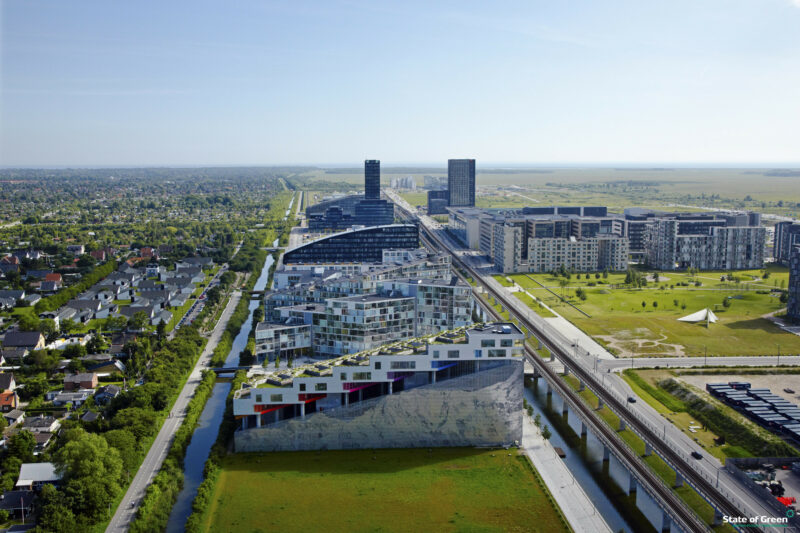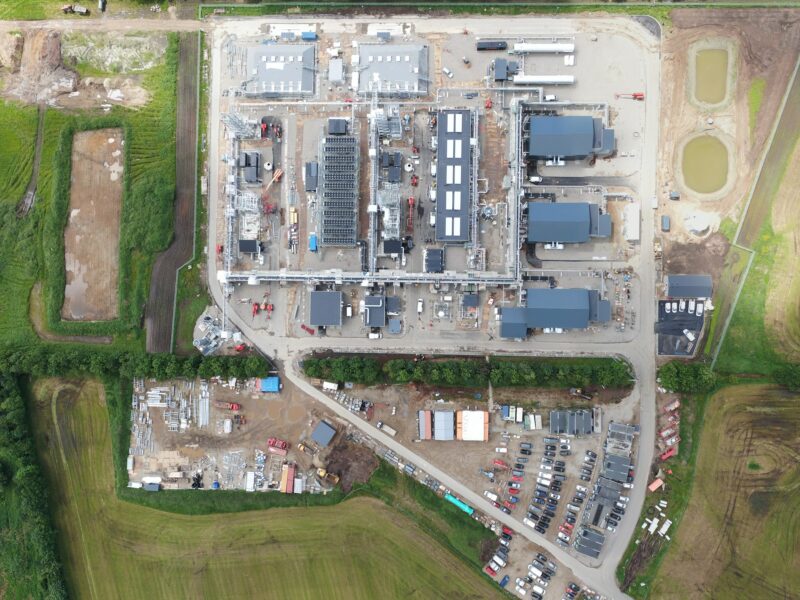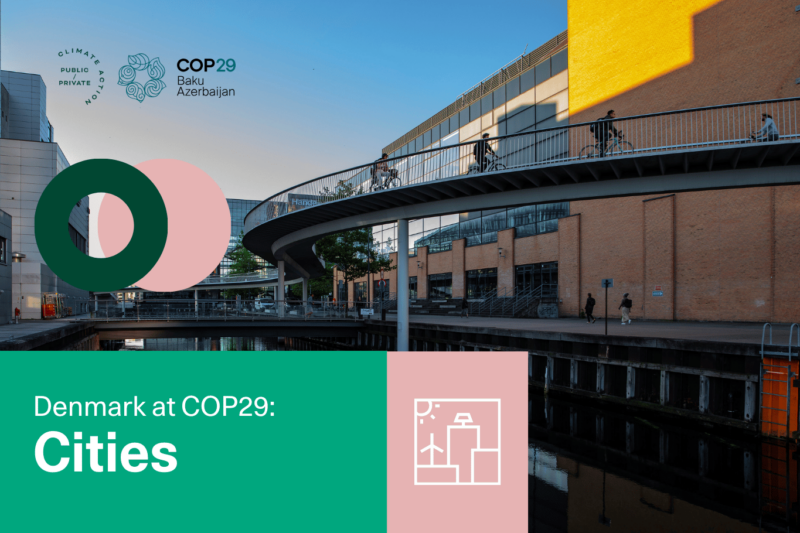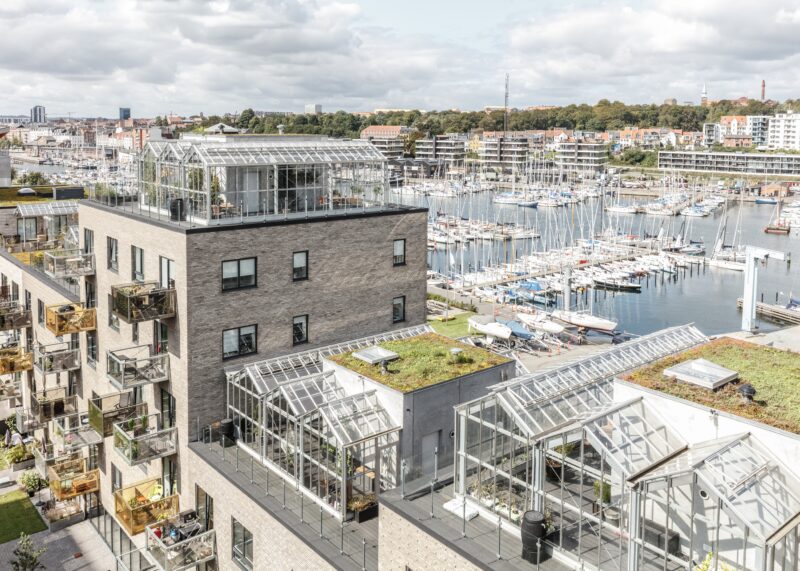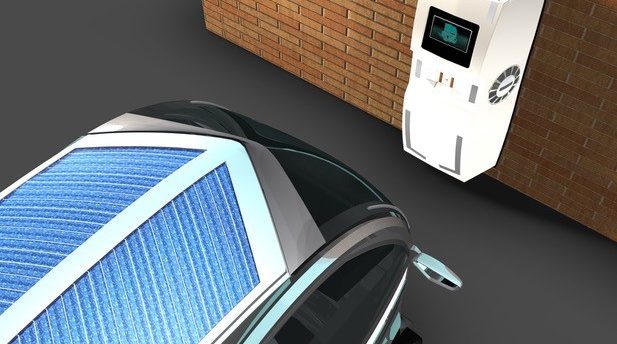News
Living labs
Broadest, Greenest and Most Long-term Energy Agreement Reached


A broad and ambitious agreement
7 out of the 8 parties in the Danish parliament stand behind the agreement, which outlines the framework for the Danish climate and energy policy until 2020 and the direction until 2050.
"It is the broadest, the greenest, and the most long-term energy agreement that has ever been reached in Denmark. Therefore, this is a historic day for Danish energy policy. In our everyday political work, the parties are different shades of red and blue. However, today we have laid down the foundation for a green future together," says Minister for Climate, Energy and Building, Martin Lidegaard.
More than 35 percent of energy from renewable sources by 2020
With the initiatives taken in the agreement, the CO2 emissions in 2020 will be 34 percent less than they were in 1990. Energy consumption will decrease by 12 percent in 2020 compared to 2006. Well over 35 percent of the country’s energy will come from renewable sources and almost 50 percent of electricity will come from wind. At the same time, the agreement ensures that the business community as a whole - and the energy sector in particular - will have a stable framework to work from in the years to come.
“Great changes will happen in the coming years. But with this agreement, the parties have set in motion a transition that can both enhance the competitiveness of Danish businesses and protect the Danish citizens from soaring fossil fuels prices,” says Martin Lidegaard.
Focus on increased energy efficiency
With the agreement, the parties behind it agree to continue the development that has made Denmark one of the most energy efficient countries in the world. In addition to this, it was decided to construct two large offshore wind farms and invest in solar energy, wave power, biomass and biogas.
"Denmark will once again be the global leader in the transition to green energy. This will prepare us for a future with increasing prices for oil and coal. More-over, it will create some of the jobs that we need so desperately, now and in the coming years," says Martin Lidegaard.
During the negotiations, the parties managed to create a set-up where the private households’ and businesses’ share of the costs were considerably lower than first expected without lowering the overall ambitions. This was made possible by requiring that the energy sector makes several efficiency improvements.
Investing in the future
By 2020, an average household will pay approx. 175 Euros more per year for energy while companies will pay approx. 27 Euros per. employee. The total cost of the agreement will amount to approx. 470 million Euros by 2020. On the other hand, there is also a lot of money to be saved as the country will consume less energy and will be less sensitive to rises in oil, coal and gas prices.
“Transforming a society from being dependent on fossil fuels to green energy requires investments. But the costs may be much greater if we do not act in time. At the same time the transition will benefit the environment and ensure the future competitiveness of Danish businesses. With this agreement, the parties behind it demonstrate that they understand the seriousness of the future challenges facing us and are ready to take on the responsibility. It's a really great day for Danish energy policy,” concludes Minister for Climate, Energy and Building, Martin Lidegaard.
Read a short version of the energy agreement here
Source: Ministry of Climate, Energy and Building
